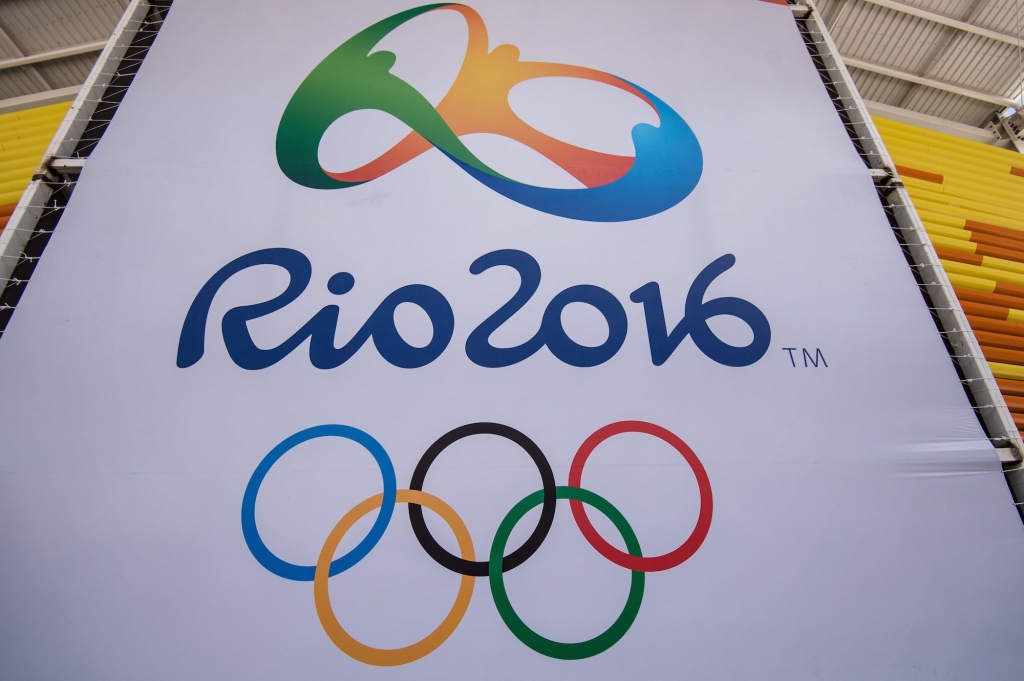-
Tips for becoming a good boxer - November 6, 2020
-
7 expert tips for making your hens night a memorable one - November 6, 2020
-
5 reasons to host your Christmas party on a cruise boat - November 6, 2020
-
What to do when you’re charged with a crime - November 6, 2020
-
Should you get one or multiple dogs? Here’s all you need to know - November 3, 2020
-
A Guide: How to Build Your Very Own Magic Mirror - February 14, 2019
-
Our Top Inspirational Baseball Stars - November 24, 2018
-
Five Tech Tools That Will Help You Turn Your Blog into a Business - November 24, 2018
-
How to Indulge on Vacation without Expanding Your Waist - November 9, 2018
-
5 Strategies for Businesses to Appeal to Today’s Increasingly Mobile-Crazed Customers - November 9, 2018
Olympics OK transgenders to compete without surgery
The International Olympic Committee updated its recommended guidelines for transgender athletes, which if formalized would make it easier for transgender athletes to compete.
Advertisement
Beginning with the Summer Olympics taking place in Rio de Jainero this August, transgender athletes will no longer be required to have sex reassignment surgery to participate, according to Outsports.
HRT significantly changes the body’s musculature, evening out the athletic differences between cis female athletes and athletes who were assigned male at birth.
While no Olympic athlete has ever come out as trans, it does open it up for athletes are open about their gender identity. Testosterone levels must remain below a maximum of 10 nmol/L for the 12 months prior to competition and remain at that level throughout the competition.
The guidelines state: “To require surgical anatomical changes as a pre-condition to participation is not necessary to preserve fair competition and may be inconsistent with developing legislation and notions of human rights”. The guidelines stem from an unpublicized “Consensus Meeting on Sex Reassignment and Hyperandrogenism” the International Olympic Committee held last November.
“This matches up with the NCAA rules and is as good as anything”, says Harper.
The document further notes, “These guidelines are a living document and will be subject to review in light of any scientific or medical developments”.
To prevent trans female athletes from having higher testosterone levels, they had to undergo two years of hormone replacement therapy post surgery to be eligible. Mosier has not undergone gender reassignment surgery but has fulfilled established guidelines for hormone replacement. “That does not mean a 1-year guarantee”. It takes quite some time. “The waiting period was perhaps the most contentious item among our group and one year is a reasonable compromise”. Notably, Caitlyn Jenner, who won a gold medal in the decathlon at the 1976 Olympics as Bruce Jenner, and Balian Buschbaum, who placed sixth in the pole vault at the 2000 Olympics as Yvonne Buschbaum, both began identifying as the opposite gender publicly later in life. The new guidelines also contain recommendations that the Olympics act on the results of Indian sprinter Dutee Chand’s victory in Court of Arbitration for Sport in July.
The IOC statement urged the IAAF and others to go back to CAS with arguments in favor of reinstating the rule.
The IOC ignores evidence that the fairness of male to female transition still leaves men larger in general than the women they compete against.
Advertisement
The IOC used to conduct gender verification tests at the Olympics, but those chromosome-based screenings were dropped before the 2000 Sydney Games because they were deemed unscientific and unethical.





























